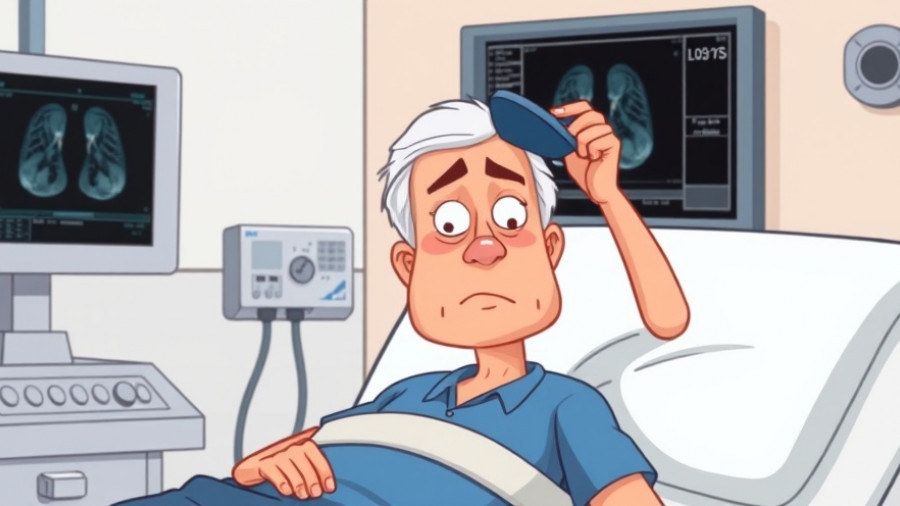
Understanding the Evolving Drug Trafficking Landscape in the Caribbean
As the prevalence of drug trafficking through the Caribbean continues to shift, it’s crucial for families to arm themselves with knowledge regarding how these changes can impact communities at home. In the face of heightened military activity by the United States, including airstrikes on speedboats carrying drugs, traffickers have been forced to adapt their methods. This evolution in tactics not only serves to highlight the complexities of the narcotics trade but also emphasizes the importance of understanding these challenges as they relate to youth substance abuse.
Why Parents Should Be Aware of Drug Trends
The United States government has identified the Caribbean and Venezuela as critical routes for drug trafficking, primarily focusing on cocaine. While most of the trafficking occurs via the Pacific route, as reported by UN data, the Caribbean remains a significant entry point for drugs, impacting the availability of substances in local communities. For parents, understanding these dynamics can be a vital component in educating their children about substance abuse risks and prevention strategies. As these traffickers adapt and evolve, so too must our conversations about drug prevention.
Changing Tactics: From Sea to Sky
With the recent military crackdown, narcotraffickers have had to change their modus operandi. Instead of relying solely on speedboats, reports indicate an increase in drug flights from Colombia, demonstrating a sophisticated network capable of adapting to law enforcement efforts. By monitoring how these traffickers shift from sea-based operations to more aerial methods, parents can gain insight into the broader context of drug accessibility and how it might affect young people.
The Global Impact of Local Actions
The war on drugs, embodied by U.S. military actions, may not significantly inhibit the narcotics trade as new routes and methods emerge. Understanding the global nature of this issue allows parents to engage in meaningful conversations with their children about the realities of drug use and trafficking. It prompts the discussion of why some youth may resort to substance abuse, exacerbated by trends in the trafficking of drugs.
Communicating the Risks of Substance Abuse
When drug availability increases locally, so does the risk of substance abuse among youth. By discussing these risks openly, parents can create safe spaces for their children to discuss pressures and curiosities surrounding drugs. Utilizing educational resources on addiction support and rehabilitation helps empower families to address these issues with informed strategies, thereby fostering resilience against substance abuse.
Resources for Parents Addressing Substance Abuse
Accessing addiction education and treatment programs can significantly alter the trajectory for families dealing with substance abuse challenges. Resources such as addiction counseling, recovery programs, and support groups provide vital assistance not only for those battling addiction but also for their families. Programs focusing on intervention services and the 12-step approach, such as Alcoholics Anonymous and Narcotics Anonymous, offer pathways to recovery for affected individuals and information for families seeking to support their loved ones.
Final Thoughts on Staying Informed
As narcotraffickers continuously evolve their strategies in response to law enforcement pressure, the importance of staying informed cannot be overstated. Families that recognize the shifts in drug availability and trafficking can better prepare to provide support and resources for substance abuse prevention in their communities. Knowledge is power, and understanding the complexity of drug trafficking can empower parents and their children with the tools they need to make informed choices.
For ongoing support and resources on addiction recovery, parents and families are encouraged to reach out to local support groups and treatment centers, fostering an environment of openness and education about the risks surrounding drugs.
 Add Row
Add Row  Add
Add 




Write A Comment